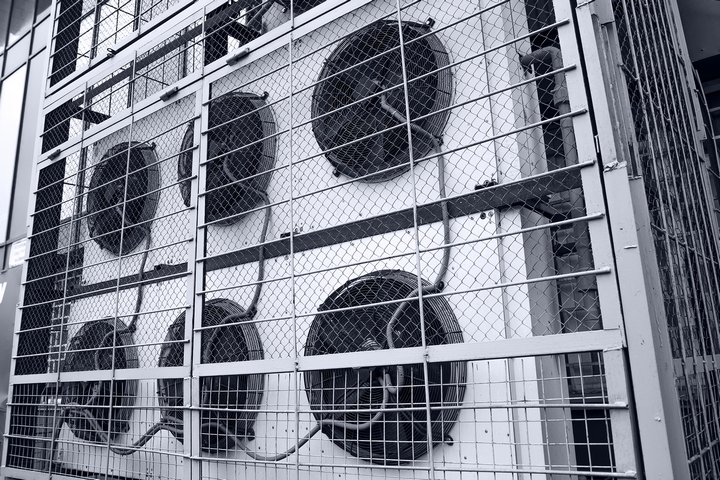Electronic air coolers are a highly effective way to cool enclosures, electronic panels and cabinets. At the same time, they help protect the seal against contaminants like dust, oil, and dirt. They are in wide use throughout industry with special application to the oil & gas, machine tool, food, power plant, automotive industries. Electronic air coolers keep thermal management issues under control inside electronic cabinets and enclosures.
There are many different types of electronic air coolers for every situation imaginable including within today’s increasingly smaller electronic enclosures, that can easily lead to overheating. Electronic air coolers cool the air around electronics and recirculate clean air inside the cabinet that contains them. These electronic air coolers can be vortex coolers, vertical and top mounted air conditioners, heat exchangers using air to air, or air to water, and side, top or flush mounted electronic cabinet coolers. You can even get a special hazardous area electronic air cooler for any space that requires it.
1. Who might use electronic air coolers?
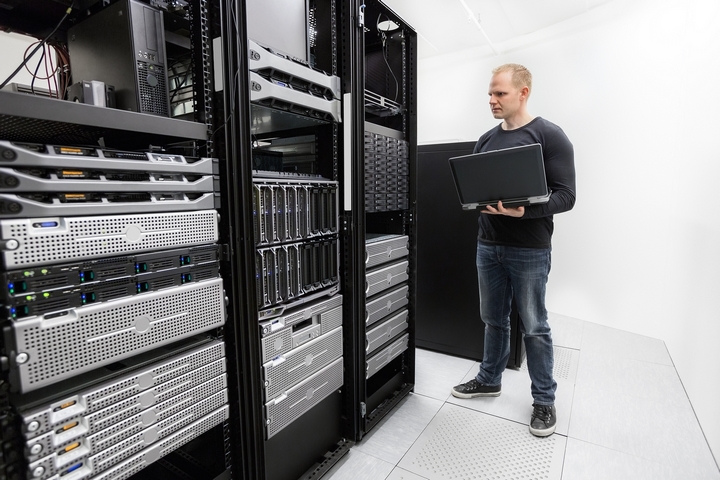
Perhaps not surprisingly, the military are big uses of these type of coolers. That’s because they have a wide range of sensitive military hardware like the missile defense systems that require constant monitoring and cooling. But as noted above, electronic air coolers are also in high demand in a variety of industries and commercial applications ranging from cooling electronic controls to machine shops to the automotive industry.
Electronic air coolers are also in full operation in businesses that collect gas samples, work with hot meals or heat seals, and in cooling electronic component, and in environmental chambers. They also work cooling down operations in the fabrication and metalworking industry, the telecommunication industry, chemical processing plants and the food and beverage sector.
2. How do electronic air coolers work?
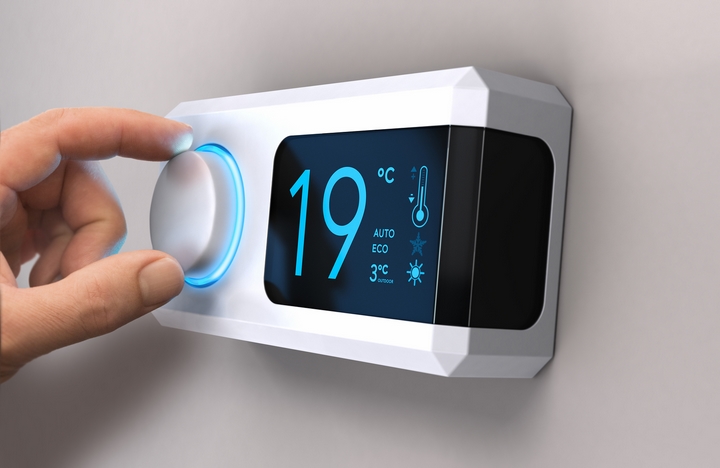
Electronic air coolers work to maintain a clean environment and consistent temperatures in electronic control panel cabinets. They also ensure that the filtered air entering electronic control panel cabinets is up to 45°F colder than the regular compressed air supply.
They accomplish this through a relief valve built into the cabinet panel cooler that eliminates hot air from the cabinet even as the cooler simultaneously supplies clean, cold air to keep the systems working. Electronic air coolers use compressed air technology to save power.
3. How big an electronic air cooler is required?
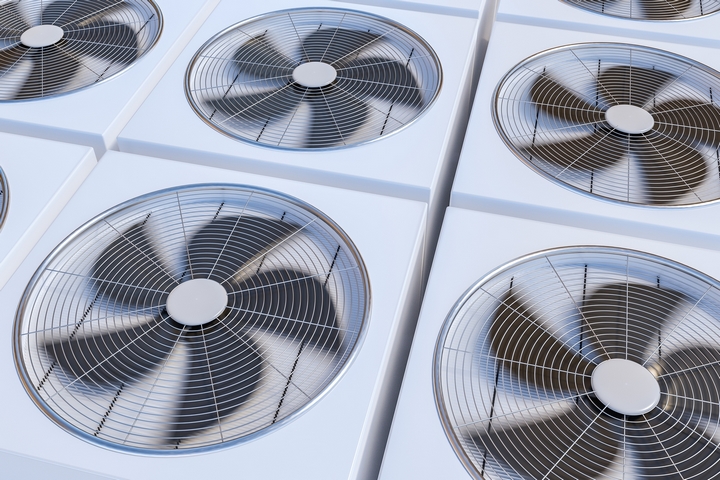
There is a formula that you can use to determine the size requirements of the electronic air cooler that is required. First, you determine the watts of heat generated inside the enclosure, measuring the area in square feet that is exposed to the air, and then determining the temperature difference between the desired internal temperature and the maximum expected external temperature. Then, you calculate the external heat load and add them both together to get the total heat load of refrigeration required to maintain desired temperature.
4. Main benefits of electronic air coolers
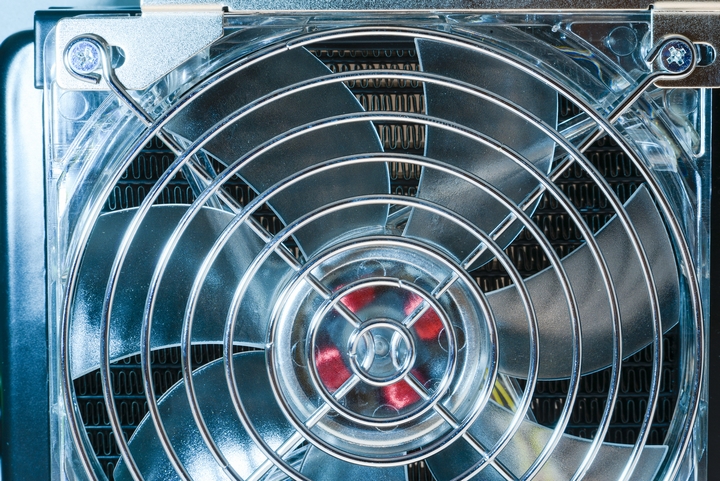
Electronic air coolers can last a long time. That’s because they are made from a high grade stainless steel that is designed to operate effectively and extensively under the most strenuous conditions. These cooling devices are also corrosion proof and provide the best possible cold temperature drop. Electronic air coolers themselves are easy to install and maintain. They can be mounted on all enclosure types and customized to meet any particular specification or industry requirement.
Electronic air coolers can stabilize humidity levels that might lead to operational problems in a cabinet and they are rigorously tested to withstand all kinds of adverse work settings. There are a number of optional accessories available for electronic air coolers that can add to their efficiency. They include thermostats, closed solenoids and cold air distribution kits

